LED screens have revolutionized digital advertising, events, and entertainment by offering dynamic, high-quality displays. However, choosing the right type—indoor or outdoor—depends on various factors, including brightness, durability, and intended use. This article explores the key differences between indoor and outdoor LED screens and highlights the best manufacturers in the industry.
Indoor LED screens are designed for controlled environments, such as shopping malls, corporate offices, conference halls, and event venues. They offer high-resolution displays with smaller pixel pitches to provide sharp, detailed visuals at close viewing distances.
Common Applications:
Retail stores and malls
Airports and train stations
Conference rooms and auditoriums
Indoor sports arenas
Digital advertising inside commercial spaces
Outdoor LED screens are built to withstand harsh weather conditions and provide high visibility in bright sunlight. These screens have a higher brightness level, robust protective casings, and weatherproofing to ensure durability.
Common Applications:
Digital billboards and roadside advertising
Stadiums and sports arenas
Public transportation hubs
Concerts and outdoor events
LED screens for highways and public information displays
|
Feature |
Indoor LED Screens |
Outdoor LED Screens |
|---|---|---|
|
Brightness |
800 - 1,500 nits |
5,000+ nits |
|
Pixel Pitch |
1mm - 4mm (high resolution) |
4mm - 16mm (for distance viewing) |
|
Weather Resistance |
Not weatherproof |
Waterproof & dustproof (IP65-rated) |
|
Power Consumption |
Lower due to indoor conditions |
Higher due to brightness & weatherproofing |
|
Installation |
Lightweight, easier to install |
Requires strong structural support |
|
Durability |
Designed for controlled environments |
Built to withstand harsh weather |
Absen – Specializes in high-resolution indoor LED displays for corporate and retail environments.
Unilumin – Offers seamless indoor LED panels with cutting-edge technology.
Leyard – Industry leader in fine-pitch LED screens for indoor digital signage.
Samsung – Known for premium LED display panels with stunning visual clarity.
Daktronics – Renowned for stadium and billboard LED solutions.
Barco – Offers rugged, high-brightness outdoor LED displays.
LianTronics – Provides durable, energy-efficient outdoor LED signage.
KingAurora – Specializes in large-scale outdoor digital advertising screens.
Viewing Distance – Choose a lower pixel pitch for indoor use and a higher one for outdoor applications.
Brightness Level – Outdoor screens need significantly higher brightness.
Weather Conditions – Ensure the screen is waterproof and UV-resistant for outdoor usage.
Installation Requirements – Assess weight, size, and mounting options.
Budget – Higher resolution and weatherproofing come at a higher cost.
Regular maintenance and cleaning
Adjust brightness settings to reduce power consumption
Use high-quality materials and protective coatings
Work with trusted LED screen manufacturers
Both indoor and outdoor LED screens offer unique advantages depending on their application. While indoor screens prioritize resolution and close-range viewing, outdoor screens focus on durability and visibility in bright conditions. Choosing the right manufacturer ensures high performance and longevity, whether for advertising, entertainment, or corporate use.
Would you like to explore specific pricing or installation tips for LED screens?
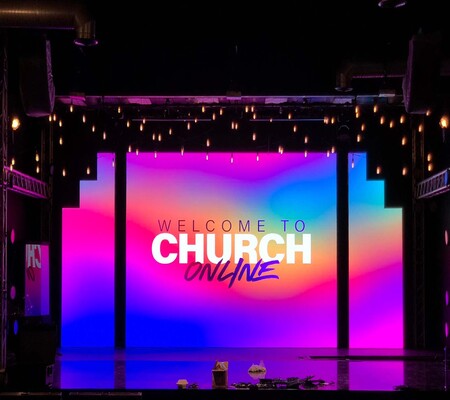
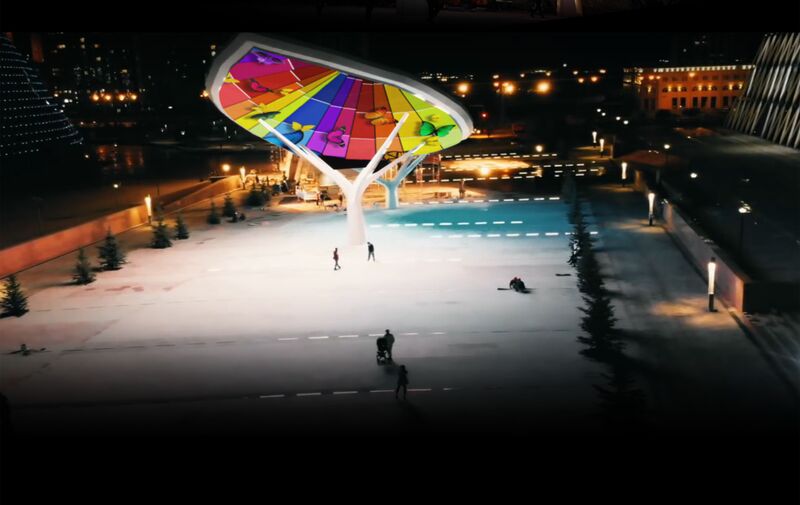
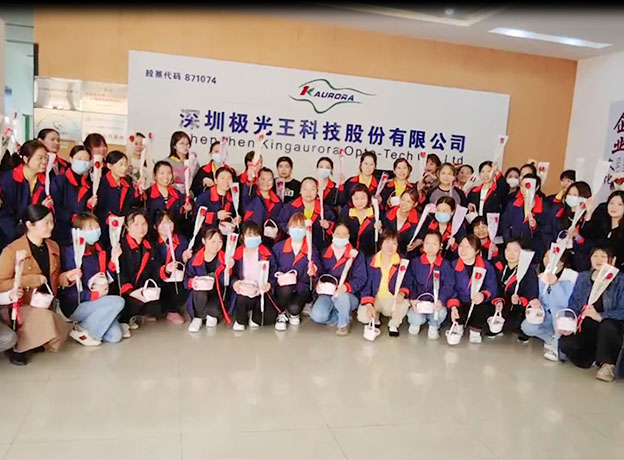
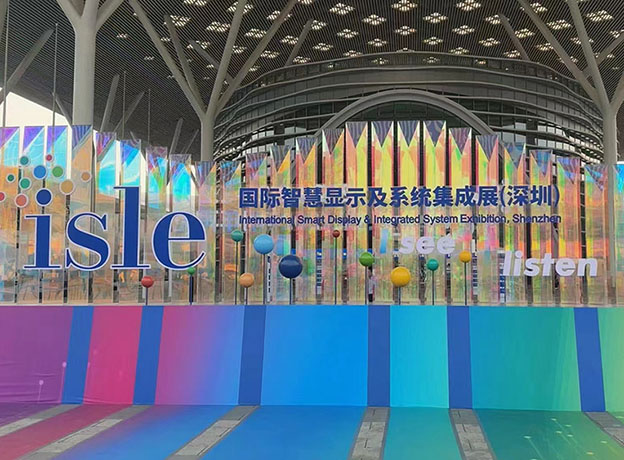

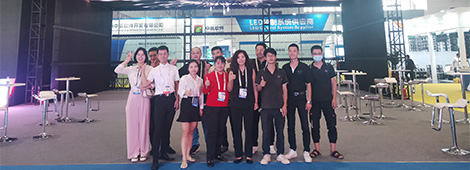
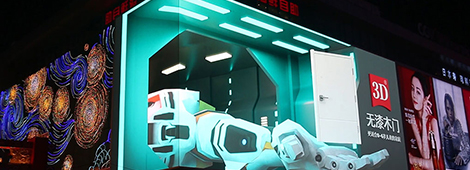
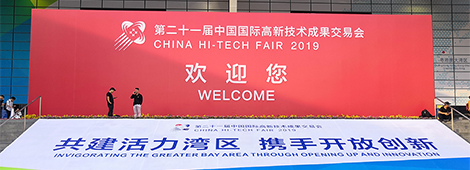


3th Building,Gaosite Zone Pingshan
New District, Shenzhen

sevice88@kingaurora.com
3th Building,Gaosite Zone Pingshan
New District, Shenzhen